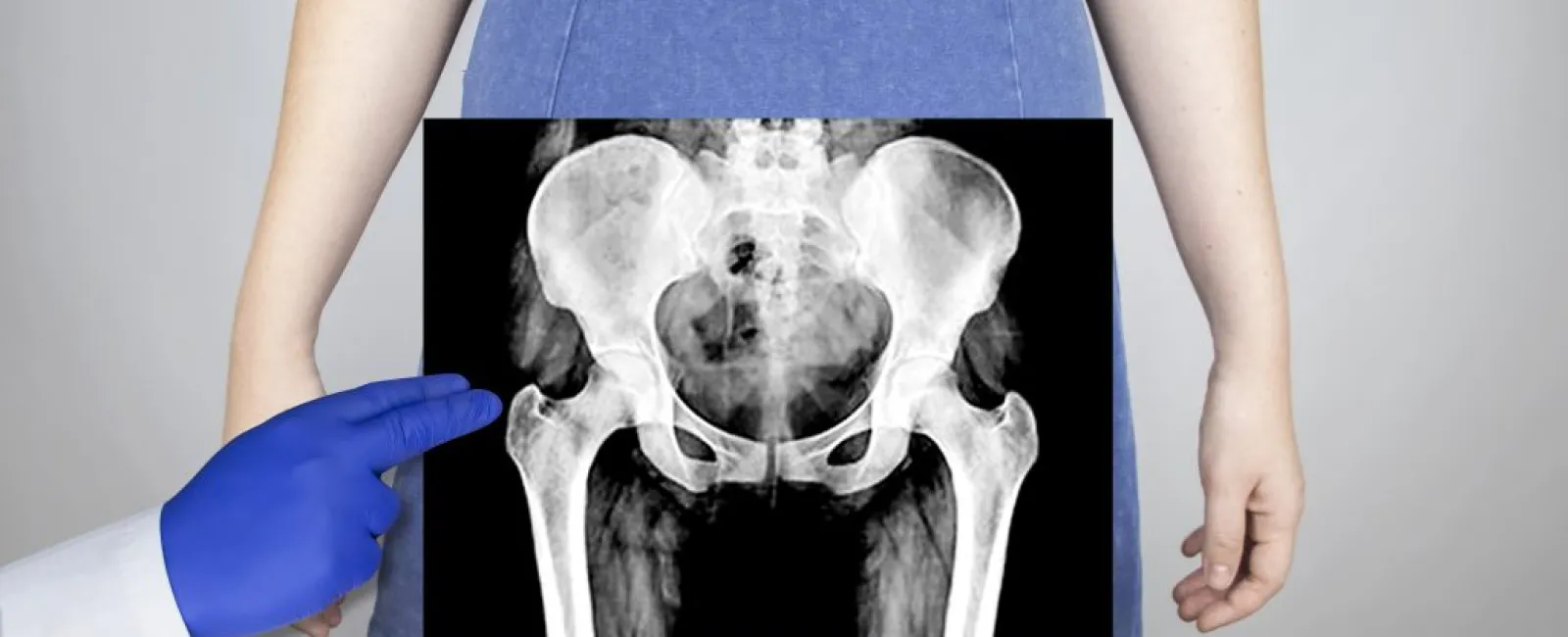The pelvic floor is an essential part of the body’s core that comprises the area from the pubic bone to the coccyx (tailbone). People typically don’t think of pelvic floor muscles when it comes to strengthening. However, a strong pelvic floor is crucial as it supports the bladder, uterus, bowel, rectum, and all of the related functions.
Pelvic floor dyssynergia (also referred to as pelvic floor dysfunction or pelvic dyssynergia) is a painful disorder that affects the muscles in the pelvic floor. It causes the puborectalis muscles and other muscles of the pelvic floor to become uncoordinated, resulting in an inability to relax the pelvic floor. Although women more often experience pelvic floor dyssynergia, both men and women can suffer from it.
What Causes Pelvic Floor Dyssynergia?
Nearly a quarter of U.S. women are affected with one or more pelvic disorders, including pelvic floor dysfunction.
While its full causes are still undergoing research, some common factors can contribute to the cause of pelvic floor dyssynergia, such as:
- Being overweight
- Advanced age
- Pelvic surgery
- Traumatic injuries to the pelvic area
- Pregnancy and childbirth
- Overuse of the pelvic muscles
- Injuries due to trauma or sexual abuse
- Nerve damage in the pelvic floor
Symptoms of Pelvic Floor Dyssynergia
Those affected with pelvic floor dyssynergia typically cannot correctly relax their pelvic floor muscles, resulting in difficulty urinating or irregular bowel movements. If you frequently need to use the restroom and feel like you’re forcing it, there is a good chance you may be suffering from pelvic dysfunction.
There are many other symptoms of pelvic floor dyssynergia, such as:
- Muscle spasms in the pelvis
- Anismus, or dyssynergic defecation, which is a failure to relax the pelvic floor muscles during defecation
- Pain while defecating resulting in constipation
- Intense pressure or pain in the lower stomach, vagina, or rectum
- Urinary incontinence
- Anal incontinence
- Genital or pelvic pain
- Constipation or bowel strains
- Unexplainable lower back pain
- Discomfort or pain during sexual intercourse for women
If you are experiencing symptoms of pelvic floor dysfunction, it’s critical that you do not self-diagnose but rather see your gynecologist for an official diagnosis.
If left untreated, pelvic dysfunction can lead to more serious conditions such as worsening pain, infection, or colon damage.
Pelvic Floor Dyssynergia and Pregnancy
Pregnant women are particularly at risk of pelvic dyssynergia. As the pelvic floor muscles and tissues strain during pregnancy and labor, the muscles are at increased risk of becoming weakened, leading to pelvic dysfunction.
Risk factors that can increase the likelihood of pelvic dyssynergia include traumatic birth, the use of forceps, sphincter damage, and the length of the delivery. Other nonmodifiable risk factors include fetal position, advanced maternal age, and fetal head circumference.
Pelvic floor dyssynergia can affect women throughout their pregnancy, after delivery, and even years post-delivery. Oftentimes, women are embarrassed by their conditions or may think the symptoms they’re experiencing are all a normal part of pregnancy.
However, it’s important that women know that this is both a common and treatable condition and should consult their doctor if they’re experiencing any symptoms. The sooner your doctor can diagnose the dysfunction, the sooner you’ll be on the path to effectively managing it.
Diagnosing Pelvic Floor Dyssynergia
If you are experiencing symptoms of pelvic floor dysfunction, your doctor will want to review your medical history and observe your physical condition.
There are a few ways your doctor can diagnose pelvic dyssynergia:
- An internal exam with the use of a perineometer into the rectum or vagina
- Placement of electrodes on the perineum that determines if you are able to contract and relax your pelvic muscles or not
- An anorectal manometry tests the pressure, muscle strength, and coordination of the anal sphincters
- A uroflow test determines how well you can empty your bladder
To diagnose whether or not you are experiencing pelvic floor dyssynergia, contact your doctor today to schedule an appointment.
Treatment for Pelvic Dyssynergia
There’s no getting around the fact that pelvic floor dyssynergia can negatively affect your quality of life. On top of the pain and discomfort it causes, it’s the last thing any woman wants to deal with especially if they’re pregnant or have recently given birth.
Fortunately, pelvic dyssynergia is a highly treatable disorder. There are treatment and pain management solutions that will help you reclaim your life and control over your pelvic floor muscles.
Treatment options may include:
- Muscle relaxants to prevent the pelvic floor muscles from contracting
- Relaxation and stress management activities such as warm baths, yoga, or stretching to relax the pelvic floor muscles
- Physical therapy and biofeedback in which a therapist can teach you how to relax and coordinate your pelvic floor muscles
If your pelvic dyssynergia resulted from a rectal prolapse, surgery may be an option as it can help loosen and relax the affected pelvic muscles.
Consult your doctor if you are experiencing symptoms of pelvic floor dyssynergia. They can diagnose the issue and develop a treatment plan to reduce pain and discomfort.
